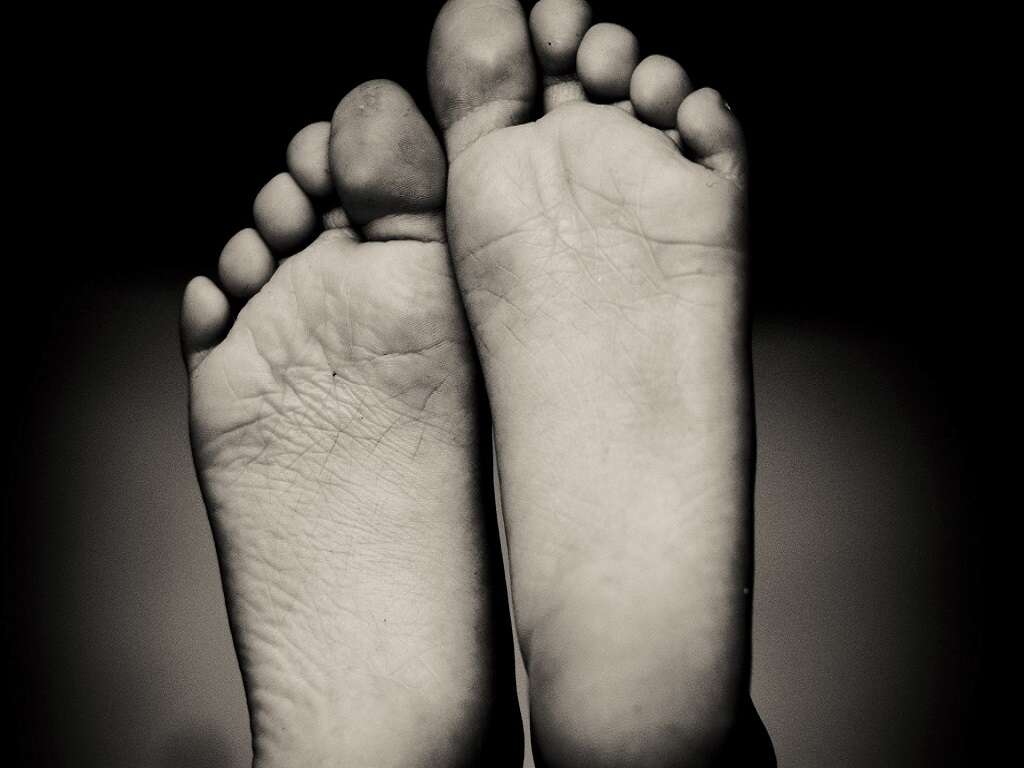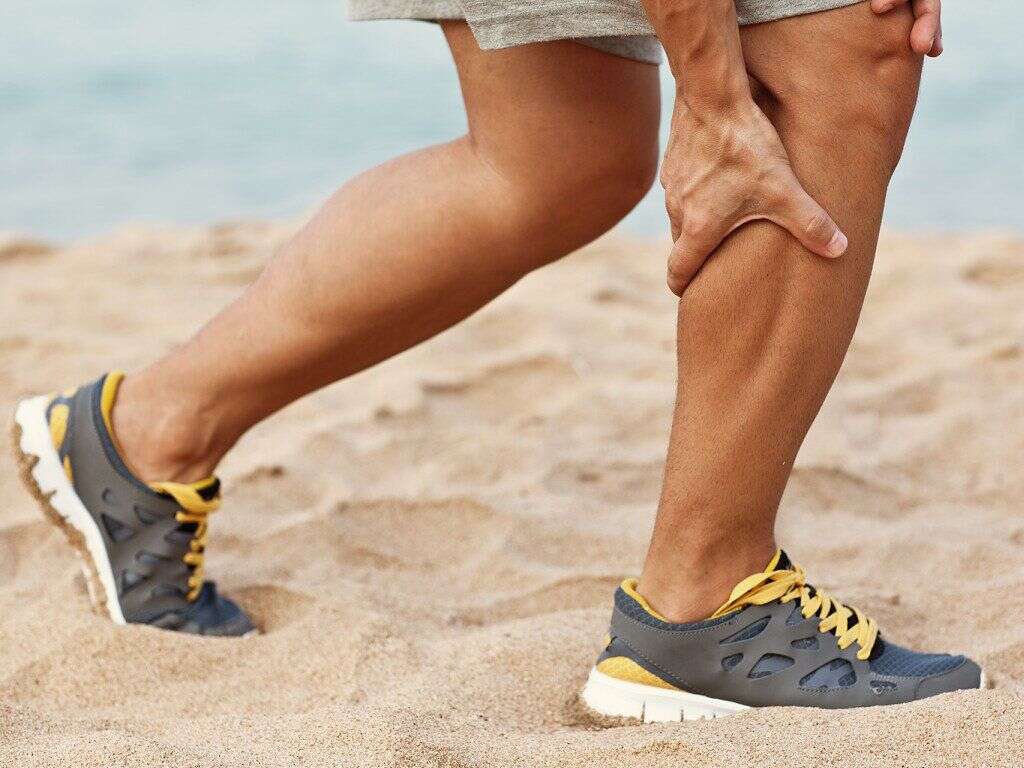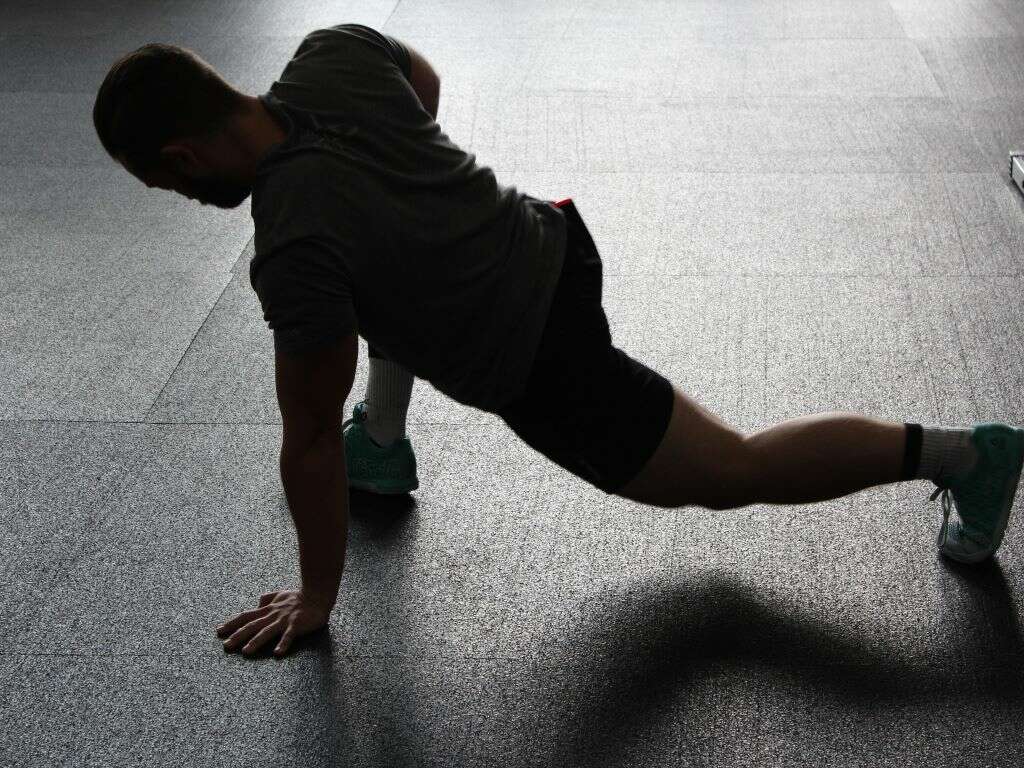What Are Shin Splints?
If you exercise heavily, particularly long-distance running, you may experience shin splints. This common condition can range from uncomfortable to debilitating. Find out what causes this condition, prevention strategies and treatment options today. Don’t let mild discomfort continue to grow and affect your exercise routine, but find out how to prevent and treat this condition and restore your favorite hobby or workout routine.
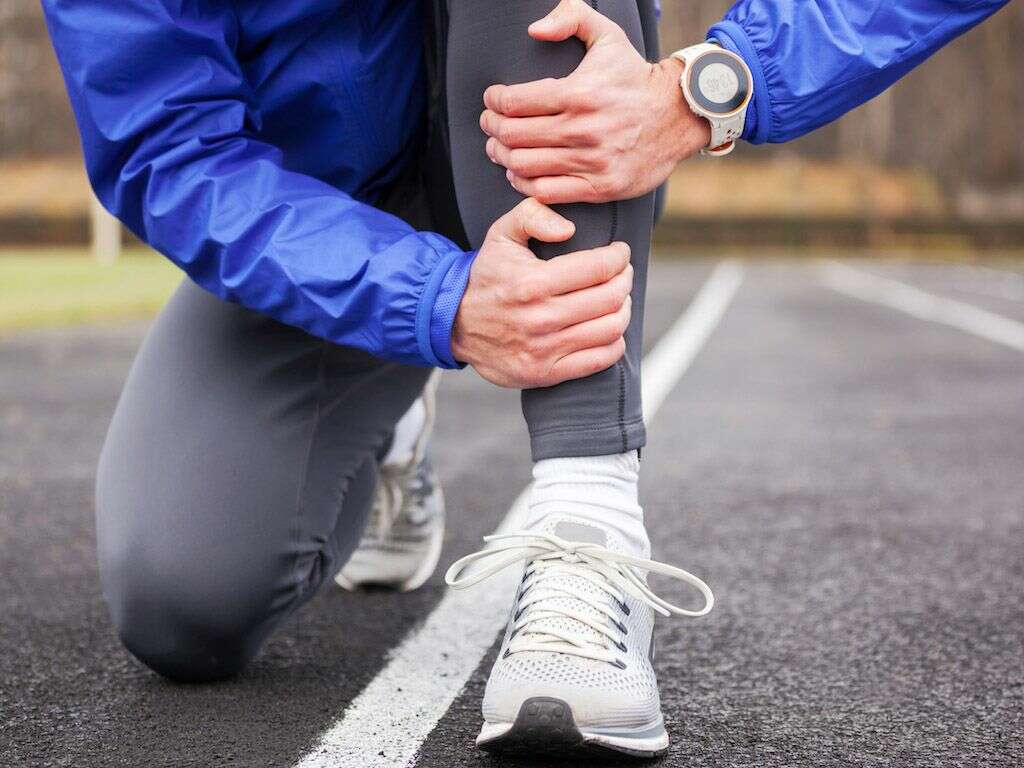
1. What Are Shin Splints?
Also known as medial tibial stress syndrome, shin splints are caused by stress on your shinbone, connective tissues and attached muscles. There are many symptoms, causes and risk factors associated with this syndrome.
Thankfully, this inflammation and pain can typically be relieved by rest, gentle stretching and ice. After a period of rest, your pain should reduce and your performance should return. For extreme pain or long-lasting inflammation, talk to your doctor or healthcare practitioner for more information on treatment options or other possible causes.
Serious pain similar to this syndrome can be caused by a stress fracture, so it’s important to stop your exercise routine until you’re sure that your shinbone isn’t damaged. Find out more about common risks, causes and other symptoms of this common syndrome.

2. Symptoms
If you have pain along the border of your tibia, you may have shin splints. Because of the various strains, tears and other issues that cause this pain, the type of pain can vary. Look for sore spots, mild swelling, sharp pain or a dull throbbing.
Most issues are the result of excessive workouts, so symptoms are typically at their worst while you’re exercising. If your pain stops when you have finished exercising but resumes again as soon as you run or work out, it’s a strong sign that you have shin splints. Pain that doesn’t diminish when walking or resting may be caused by a stress fracture or other issue.

3. Common Causes
Most of the strain, stress and inflammation occurs around the connective tissue connected to your shinbone, or tibia. Shin splints are typically caused by overwork. Any repetitive stress on your shinbone can affect the connective tissues and muscles.
The most common repetitive activity to cause this syndrome is running. If you’ve just started or resumed running as part of your daily exercise routine, or if you’ve significantly increased the amount of running or walking in your daily life, this syndrome can occur.

4. Risk Factors
While anyone can be affected by shin splints, there are a few risk factors that increase the chance of you dealing with this uncomfortable syndrome. Here are some common risk factors to consider when determining whether you have this issue or another one causing discomfort along the edge of your shinbone.
Military recruits commonly experience shin splints. Starting intense workouts and training creates significant and unexpected strain in your tibia. Dancers and runners also are commonly affected by this syndrome.
Other factors to consider are having flat feet, rigid arches or improper footwear. Running on old shoes creates additional shock that can affect your entire body, particularly your shins. Individuals with flat feet or unusually rigid arches also experience a greater impact on their shins, which increases the risk of shin splints.
The amount of exercise necessary to cause this syndrome depends on the strength of your muscles and connective tissue. You don’t have to engage in extreme physical activity, but only an increase in your daily activity. Because of this, some individuals can experience this pain from vigorous walking or a short jog, while others only experience it after dramatically increasing their mileage while on a long-distance run.
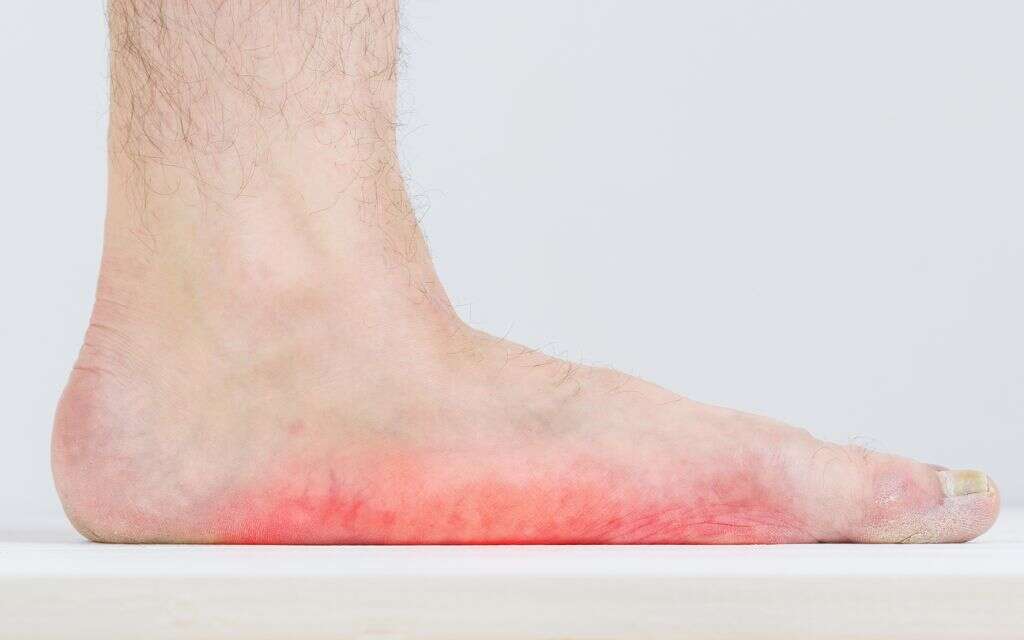
5. Treatment Options
Thankfully, surgery and other major procedures are rarely required for this syndrome. Rest is by far the most important treatment option. If possible, several weeks of rest and removal from strain on your shins will typically give you a full recovery.
If that isn’t possible, or if you wish to reduce the swelling, inflammation and discomfort of this syndrome, use one of these other treatment options. Nonsteroidal anti-inflammatory medicine, like aspirin, naproxen and ibuprofen, are common options to decrease discomfort.
An ice pack for 20 minutes several times a day can decrease discomfort.
Very severe shin splint cases may opt for medical procedures, but surgery is rare and not always effective. Speak to your doctor if symptoms persist. More likely, the issue may be caused by a stress fracture or other issue, which requires alternative treatment options.

6. Prevention Strategies
Instead of waiting for shin splints to occur, here are some helpful ways to prevent this syndrome. If you know you are going to be participating in intense physical activity or increasing your workout regime, try to slowly incorporate more strenuous activity. Slowly build up your endurance and strengthen the connective tissue connected to your tibia to reduce the risk of this painful syndrome.
Check your shoes and be sure to replace them in time. Find out how often you should replace your shoes and be sure you choose shoes that are a comfortable, snug fit. Some runners choose to run barefoot to reduce the risk of shin splints; however, barefoot running is a style that must be trained. It also increases the risk of stress fractures in the feet.
Another great prevention strategy is cross training. Because high-impact exercise is the most common cause of this syndrome, look for low-impact alternatives to alternate with your chosen sport or exercise regime. Swimming, cycling and other low-impact alternatives keep your heart rate up and give you a great workout with reduced risk of splints.

7. When To Replace Your Shoes
Long-distance runners often use the same pair of shoes for too long. Excessive running can break down your shoes quickly and increase the shock of every step. Consider replacing your shoes every 350 to 500 miles of running. This will help lessen the impact on your legs and keep you comfortable as you increase your mileage or your mile time.
Be sure to invest in quality shoes designed for your type of exercise. Shoes designed for a basketball court do not provide the same support and comfort when running long distances, and running shoes may not be suitable for sprinting and short-distance workouts.

8. Strength Training
Another great prevention strategy is strength training. Shin splints are typically caused by extreme strain on muscles and connective tissues that aren’t ready for that level of impact and workout. While strength training can’t completely prevent this syndrome, building up strength in your legs, hips and ankles is a great way to prepare for your increased activity.
Work with a physical trainer or therapist to identify the best strength training options for your situation. If you’re already experiencing shin splints, some training can continue to aggravate the issue and increase the time it takes to heal.
A trainer can also give you other training pointers. Some strain on your shinbone can be alleviated with proper form. Continue to practice your form as you run, cross train and try out strength training options.

9. Signs of Healing
After a few weeks of rest, try out the strength and flexibility of your leg to see if the pain is still present. It can take weeks or even months to fully heal, with some individuals resting as long as six months until fully recovering.
Gently stretch your injured leg to find out if it’s as flexible as your other leg. Restored flexibility is a common sign that your shin splints have healed. While stretching, try to see if your injured leg feels as strong as the other leg. Returned strength is another common sign of healing.
Push on the spot next to your tibia that used to be sore and inflamed, gently at first, then firmly. You shouldn’t experience any pain in this area, even with pressure. Once you’ve tested this, it’s time to go for a test jog. Return to your exercise, slowly at first, then more vigorously to see if your pain and inflammation are gone.
If it takes longer than three to six months to heal, contact your doctor to see if the pain is being caused by something more serious. With patience and rest, healing should start to occur in a few weeks and your strength should be restored in a few months.

10. Possible Medication
The pain from shin splints should be considered more of a discomfort than unbearable pain, particularly when you halt high-impact exercise. If your shins continue to hurt for some time after you stop your workout routine, particularly if the pain is unbearable, then you should contact your doctor.
Some individuals experience relief with ibuprofen, aspirin or naproxen. More serious pain that requires stronger medication may be caused by a fracture or other issue. Before you take a stronger pain medication, be sure to talk to your doctor.
Don’t let shin splints hold you back from your favorite hobby or exercise routine. With rest, cross training and the right footwear, you should begin to feel better quickly and feel fully restored in a few weeks or months.







